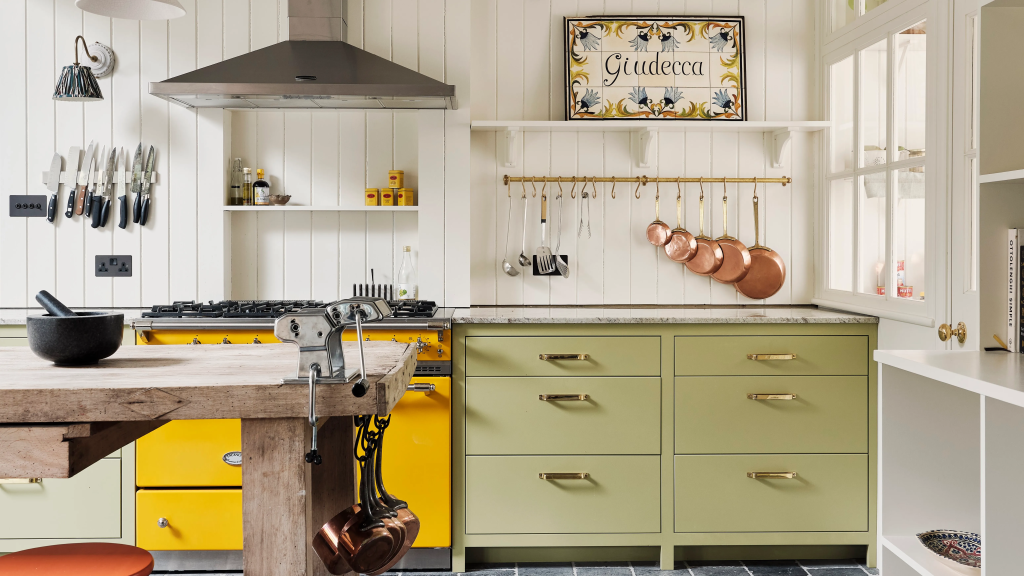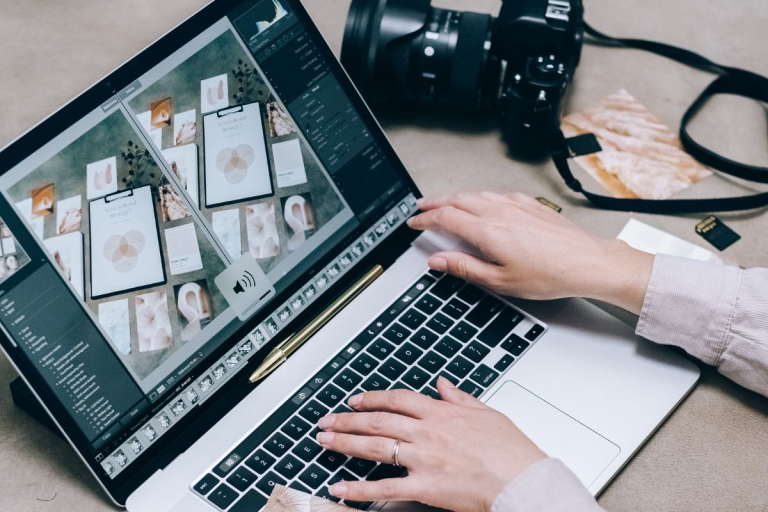In a world of mass-produced furniture and cookie-cutter design, creating a space that truly reflects your personality has never been more important. DIY home decor offers a unique opportunity to infuse your living environment with personal touches that speak to your aesthetic sensibilities, cultural background, and individual story. Beyond mere decoration, these personalized elements transform houses into homes—spaces that comfort, inspire, and authentically represent those who dwell within them.
The Rising Appeal of Handcrafted Home Elements
Recent interior design trends show a significant shift toward uniqueness and personalization in home spaces. This movement away from catalog-perfect interiors toward more eclectic, story-rich environments reflects a deeper desire for authenticity in our increasingly digital world. DIY projects satisfy this craving for genuine expression while offering practical benefits including cost savings, sustainability, and the psychological rewards of creating with your own hands.
The satisfaction derived from pointing to a beautiful element in your home and saying “I made that” creates an emotional connection to your space that purchased items rarely achieve. This personal investment transforms ordinary rooms into deeply meaningful environments that support wellbeing and foster a sense of accomplishment.
Budget-Friendly Statement Projects
Creating impactful decor doesn’t require extensive crafting experience or significant financial investment. Consider these accessible starting points:
Gallery Wall With Personal Significance
Transform blank walls into conversation pieces with thoughtfully arranged collections:
- Family photographs in coordinated frames
- Children’s artwork elevated through professional-looking matting
- Travel mementos and maps from significant journeys
- Vintage finds that reflect personal interests or heritage
- Your own photography or artwork displayed with confidence
The key lies in thoughtful arrangement and personal significance rather than artistic perfection.
Textural Transformations
Soft elements dramatically change a room’s feel with minimal effort:
- No-sew pillow covers from meaningful fabrics (old concert t-shirts, heritage textiles)
- Simple macramé wall hangings using basic knotting techniques
- Dip-dyed curtains creating ombré effects in your color scheme
- Woven basket wall arrangements using thrift store finds
- Repurposed fabric scraps as colorful bunting or garlands
These textile projects require little technical skill while making significant visual impact.

Paint Transformations Beyond Basic Walls
Strategic painting creates dramatic changes with relatively low investment:
- Furniture revitalized with chalk paint and distressing techniques
- Geometric accent walls using painter’s tape for precise edges
- Stenciled patterns creating the look of expensive wallpaper
- Two-tone effects on bookshelves or cabinet interiors
- Painted floor patterns on wooden boards or concrete surfaces
Paint remains one of the most affordable home improvements with maximum visual impact.
Room-By-Room Personalization Strategies
Different spaces within your home serve distinct functions and deserve tailored creative approaches.
Living Room Focal Points
Create conversation-starting elements for gathering spaces:
- Floating shelves displaying curated collections or travel souvenirs
- Repurposed vintage suitcases as unique coffee tables
- DIY abstract canvas art in colors complementing your decor
- Natural wood slice side tables with personalized finishes
- Handcrafted throw blankets draping furniture corners
These elements invite engagement while expressing personality.
Bedroom Sanctuary Touches
Craft elements that promote relaxation and personal renewal:
- Handmade headboards from reclaimed wood, fabric, or woven materials
- Custom bedside pendant lights using repurposed materials
- Dream catchers or hanging installations above beds
- Memory quilt or duvet cover made from significant textiles
- Nature-inspired branch or driftwood installations
These personal touches transform bedrooms into retreats that truly feel like yours.

Kitchen Character Elements
Add warmth to functional spaces through handcrafted details:
- Open shelving from reclaimed wood displaying favorite dishware
- Hand-painted ceramic containers for frequently used ingredients
- Herb gardens in creatively repurposed containers
- Customized cutting boards with wood burning or painting techniques
- Framed vintage recipe cards or family cooking heritage
These projects bring personality to utilitarian spaces without compromising functionality.
Sustainable Upcycling Projects
Environmental consciousness meets creativity in projects that repurpose existing items.
Creative Container Transformations
Reimagine everyday objects as distinctive decor:
- Glass bottles transformed into lamp bases, vases, or terrariums
- Vintage wooden crates repurposed as wall shelving or storage
- Old ladders reinvented as blanket displays or plant stands
- Tin cans elevated as luminaries, planters, or organizing solutions
- Window frames repurposed as photo displays or mirror surrounds
These transformations divert items from landfills while creating unique decor elements.
Furniture Revitalization
Give new life to outdated or damaged pieces:
- Side tables refreshed with decoupage using meaningful paper elements
- Dining chairs unified with new upholstery in coordinating fabrics
- Dresser drawers transformed into underbed storage with added casters
- Cabinet doors replaced with chicken wire or perforated metal inserts
- Wooden crates combined to create modular shelving systems
These approaches reduce consumption while creating perfectly customized pieces.
Seasonal Refresh Techniques
Maintain design interest through easy seasonal transitions:
- Interchangeable artwork in consistent frames
- Botanical elements that evolve with seasonal availability
- Pillow covers designed for simple swapping
- Adjustable vignettes on mantels and shelving
- Textile overlays that transform basic furniture pieces
These strategies allow for refreshed spaces without major investments.
Avoiding Common DIY Pitfalls
Ensure success in your creative endeavors by navigating typical challenges:
- Start with smaller projects to build confidence and skills
- Test paint colors and techniques on inconspicuous areas
- Invest in quality tools for frequently used techniques
- Allow adequate drying or setting time between project steps
- Embrace “wabi-sabi”—finding beauty in imperfection
These approaches transform potential frustrations into valuable learning experiences.
FAQ Section
I’m not naturally creative—can I still succeed at DIY home decor?
Absolutely! Start by identifying spaces and styles that resonate with you through magazines, websites, or social media. Many DIY projects can be approached as straightforward step-by-step processes rather than artistic expressions. Begin with simple techniques like painting or assembly projects, then gradually build your creative confidence through experience.
How can I ensure my DIY projects look professional rather than homemade?
Quality materials make a significant difference in final appearance. Take time for proper preparation (sanding, priming, etc.), use appropriate tools rather than improvising, and don’t rush the finishing details. Most importantly, incorporate intentional design elements like consistent color schemes, careful spacing, and professional presentation techniques like proper hanging hardware.
Conclusion
Personalizing your space through DIY home decor creates environments that authentically reflect your unique personality, experiences, and aesthetic preferences. Beyond the practical benefits of cost savings and sustainability, these creative endeavors establish a deeper connection with your living space—one crafted by your own hands and infused with personal significance.
Start with projects that genuinely excite you, embracing the learning process and celebrating the unique character that handcrafted elements bring to your home. As your confidence and skills develop, you’ll discover endless opportunities to transform your space into a true reflection of yourself—a personalized sanctuary in an increasingly standardized world.






